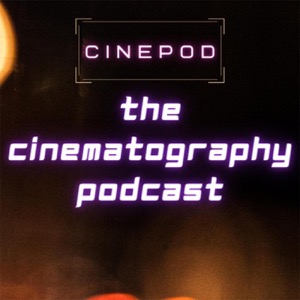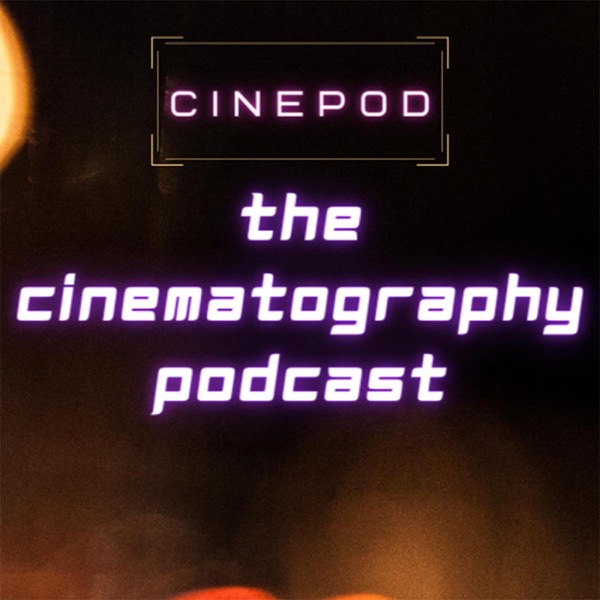The beauty of The Brutalist: Lol Crawley, BSC
The Cinematography Podcast - En podkast av The Cinematography Podcast

Kategorier:
The Cinematography Podcast Episode 298: Lol Crawley The Brutalist tells the story of László Tóth (Adrian Brody) a Hungarian-Jewish architect who survives the Holocaust and emigrates to the United States. He meets a wealthy industrialist, Harrison Lee Van Buren (Guy Pierce), who recognizes his talent, and commissions him to design a grand community center. The opportunity presents both a chance for redemption and a descent into a dangerous power dynamic. Cinematographer Lol Crawley, BSC is currently nominated for an Academy Award for his stunning work on The Brutalist. He and director Brady Corbet chose to shoot on VistaVision, which uses 35mm film horizontally instead of vertically, significantly increasing the image area and resolution. Corbet was always interested in shooting on a larger format in order to capture the landscapes and architecture in the film. VistaVision proved to be a less expensive way to shoot on large format, especially since many rental companies were reluctant to rent their 65mm cameras to a modestly budgeted, independent feature. Lol knew fellow cinematographer Robbie Ryan had also used VistaVision for parts of Poor Things. He was able to use the same technicians Robbie used while The Brutalist shot in Budapest. The choice of VistaVision was not just about technical specifications. For The Brutalist, set in the early late 1940s and early 1950s, Lol felt it was appropriate to use a camera and film stock that evoked the era. Even the photochemical process of film itself added a unique character. “What we have chosen to do with the Kodak stock is to abuse the stock slightly, to underexpose it, to push process it, to come up with a more painterly image or something that we feel depicts a certain era,” says Lol. “And we've found that by underexposing the stock and distressing the dye layers, then forcing the image back up, you're dragging up colors within the shadows that we find to be very pleasing, interesting and more impressionistic or painterly image.” One of the most striking sequences in The Brutalist is the opening scene, a single continuous take following László through a ship as he disembarks in America. Lol, who also operated the camera in most of the film, used a smaller handheld camera for the scene. To accentuate the disorientation as László gets off the boat, the editor decided to flip the images around. “The idea is supposed to be that he comes to America, and it's a new hope,” says Lol. “But the fact that it's untethered and disorientating and flipped on its head is a really ingenious way of representing that László's time in the US is not going to be all he imagined.” Lol's approach to cinematography emphasizes a balance between documenting reality and fiction. “I've always thought that my cinematography was about responsiveness,” he says. "Cinematography is about light, camera movement, and composition. If I had to get rid of one or let one of those things go, it would be the lighting. What I like to do is to have one foot in documentary and one foot in fiction, and be open to respond. So I tend to shotlist less, I tend to storyboard less.” The cinematographer Christopher Doyle told him once, “In Western cinema, you say, 'Here's the frame, how do we fill it?' In Asian cinema we say, 'Here's the world,

